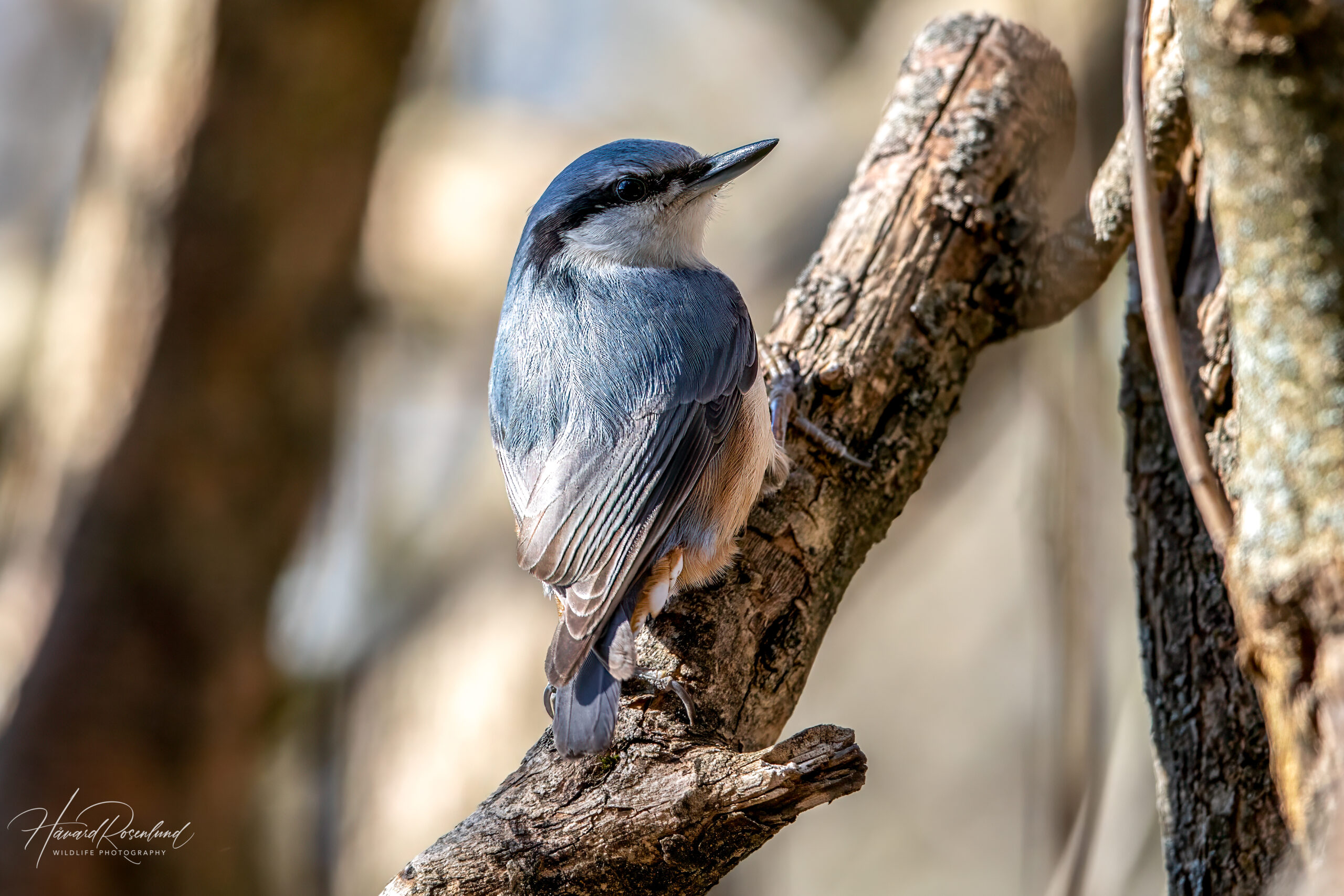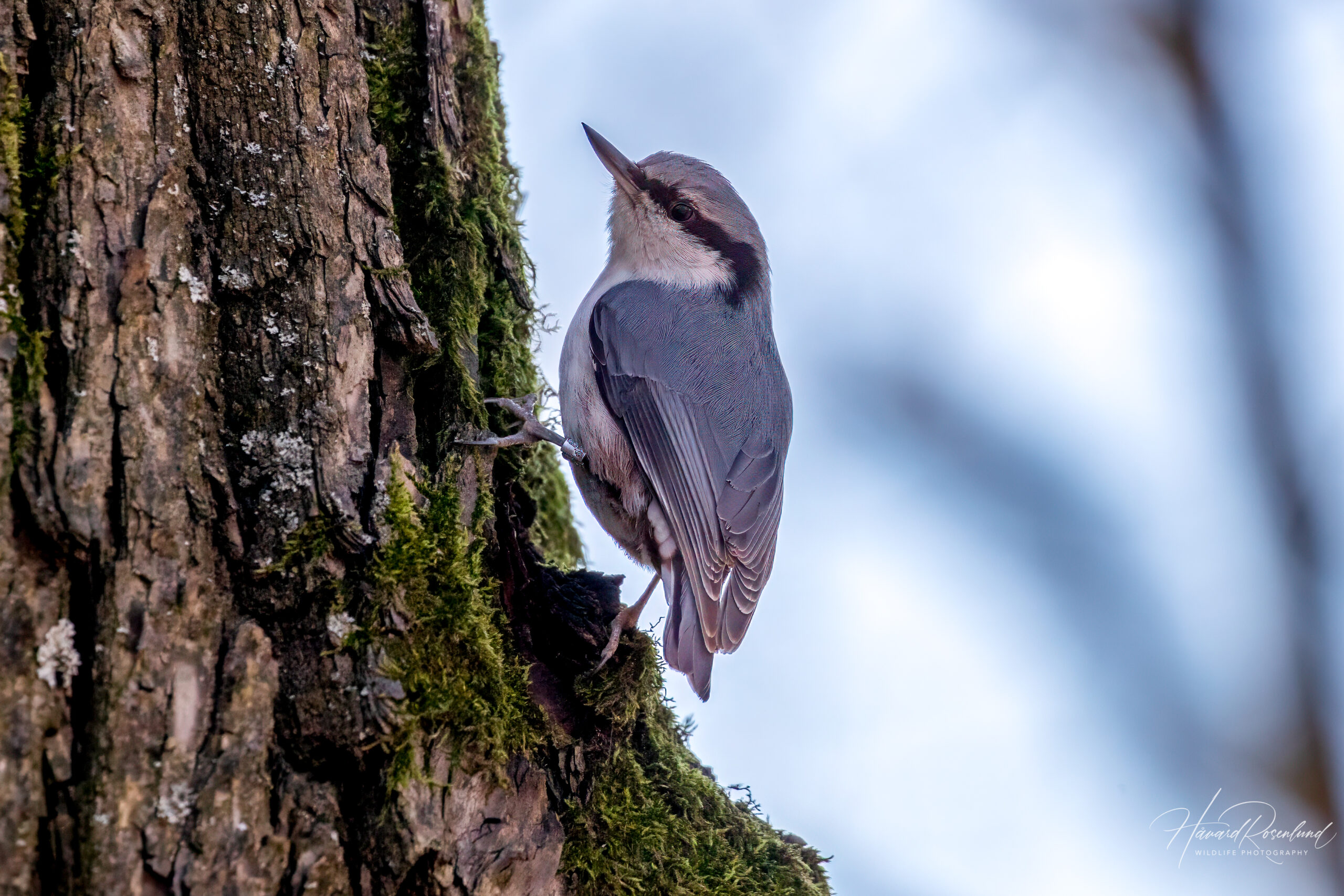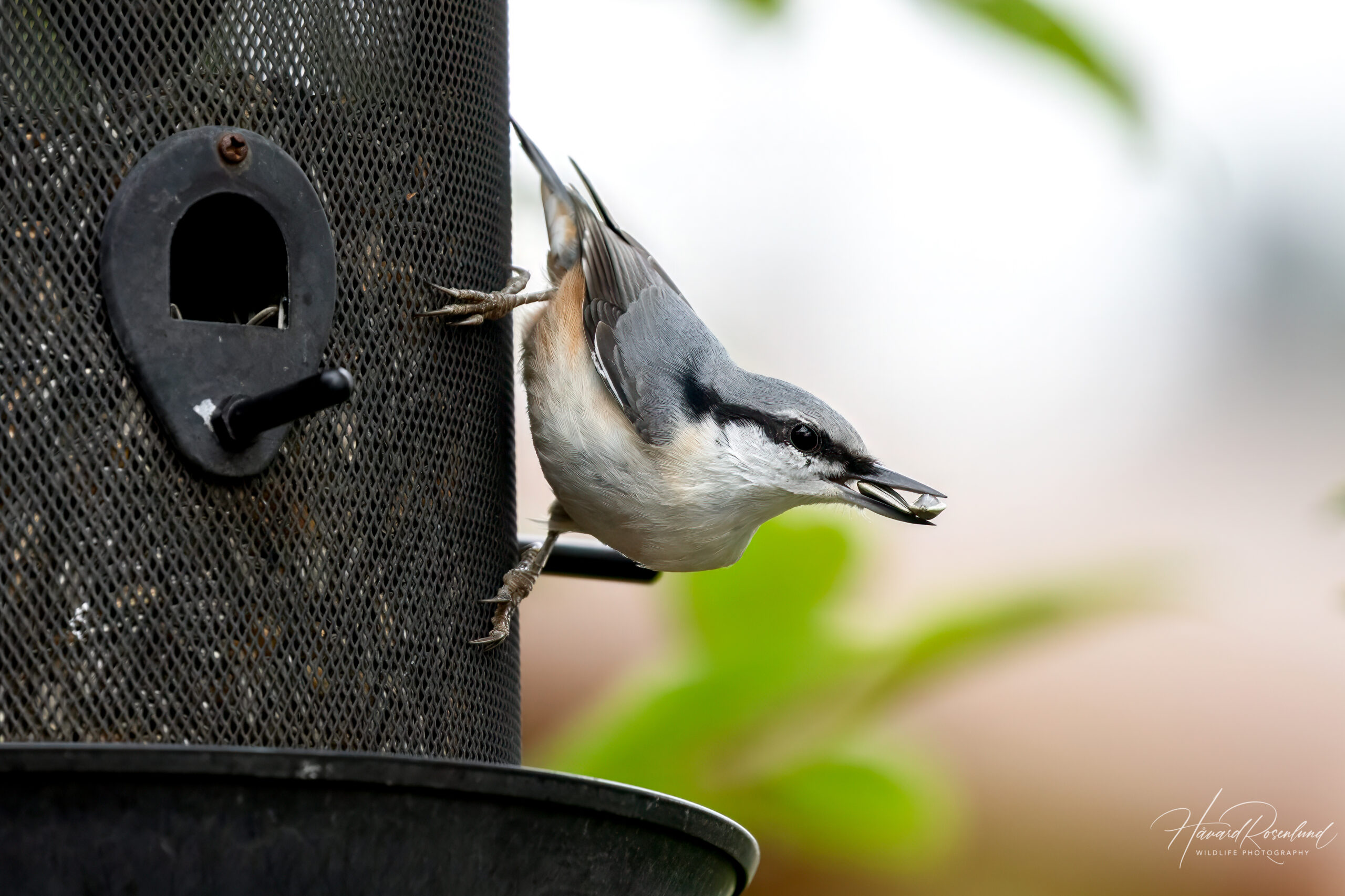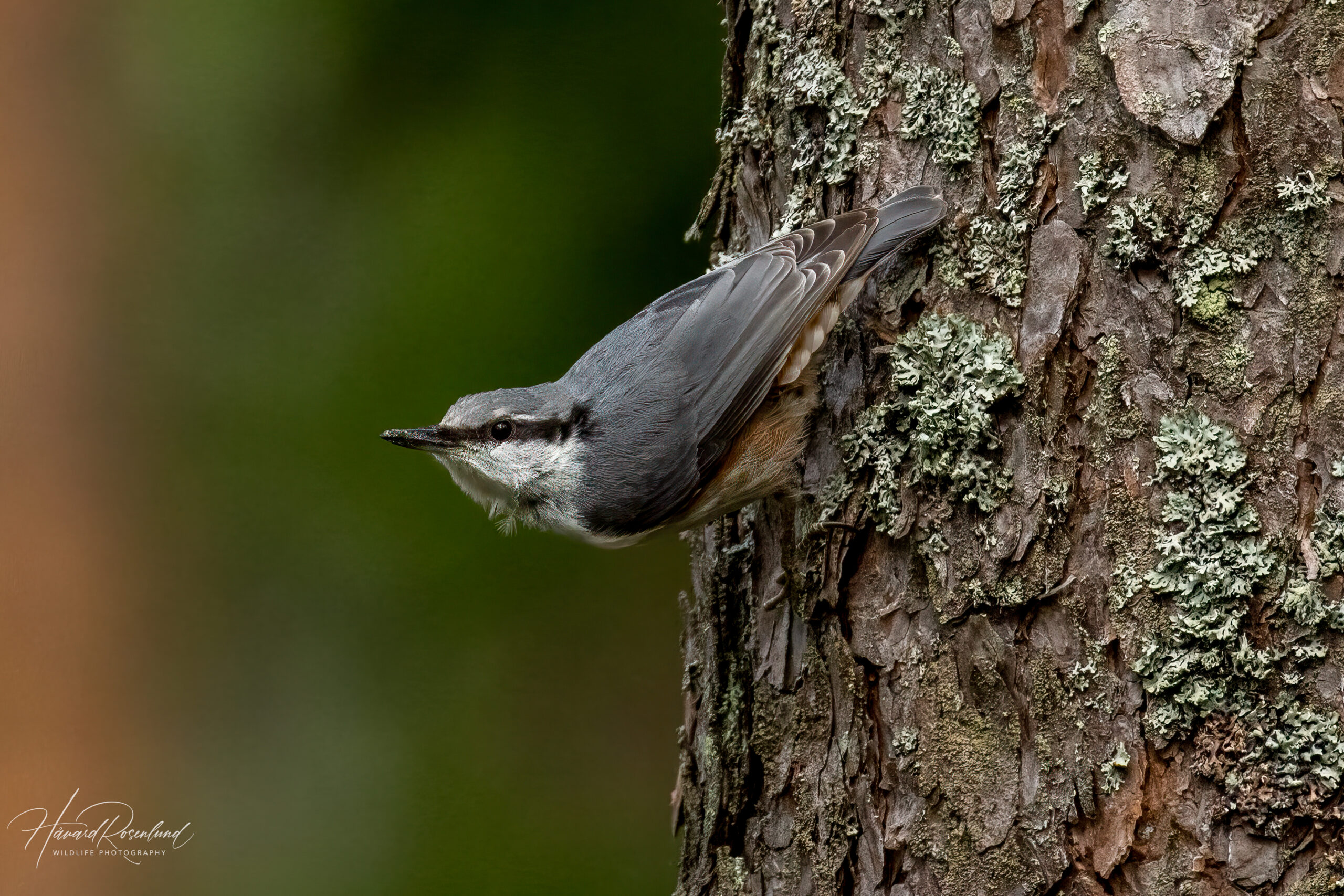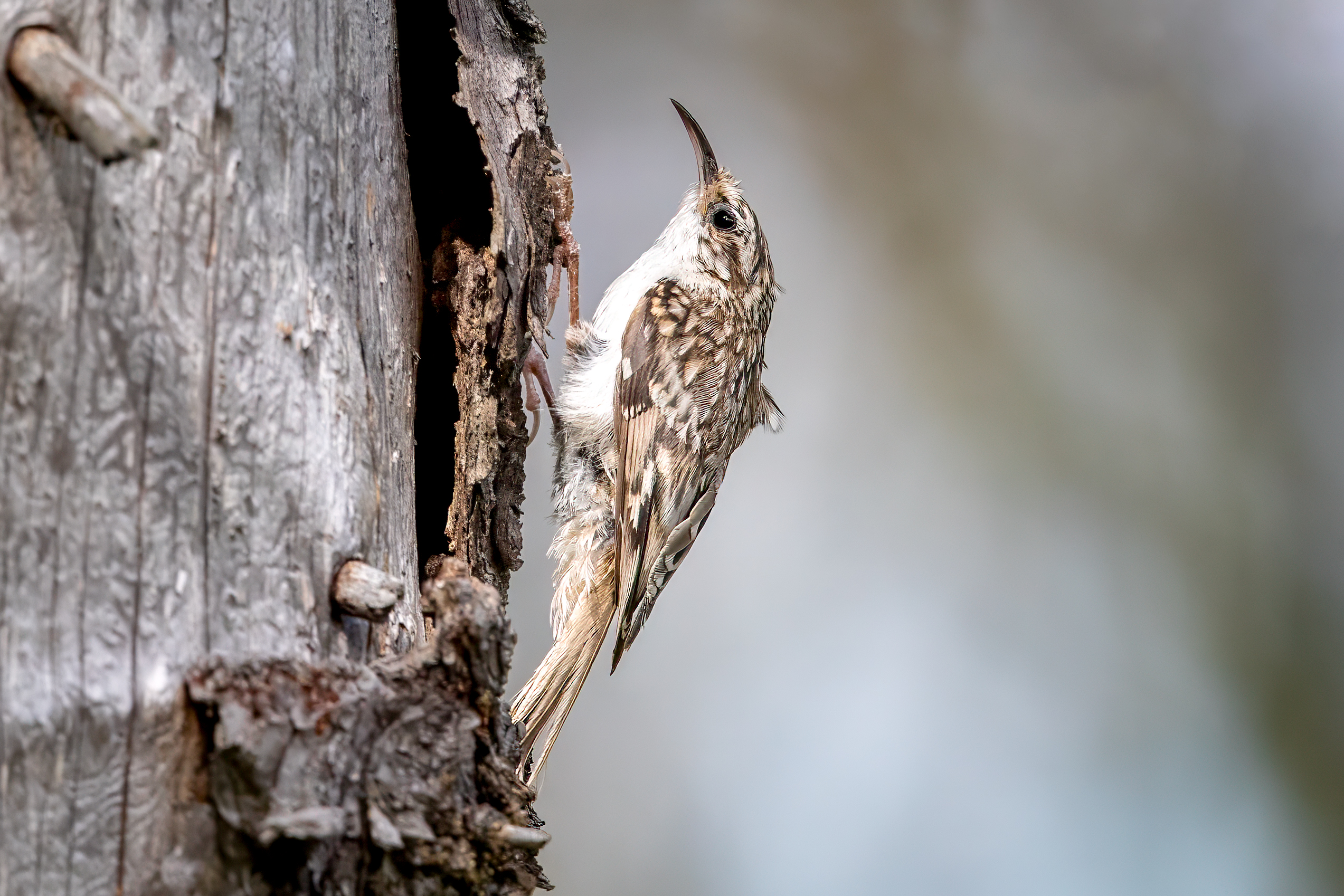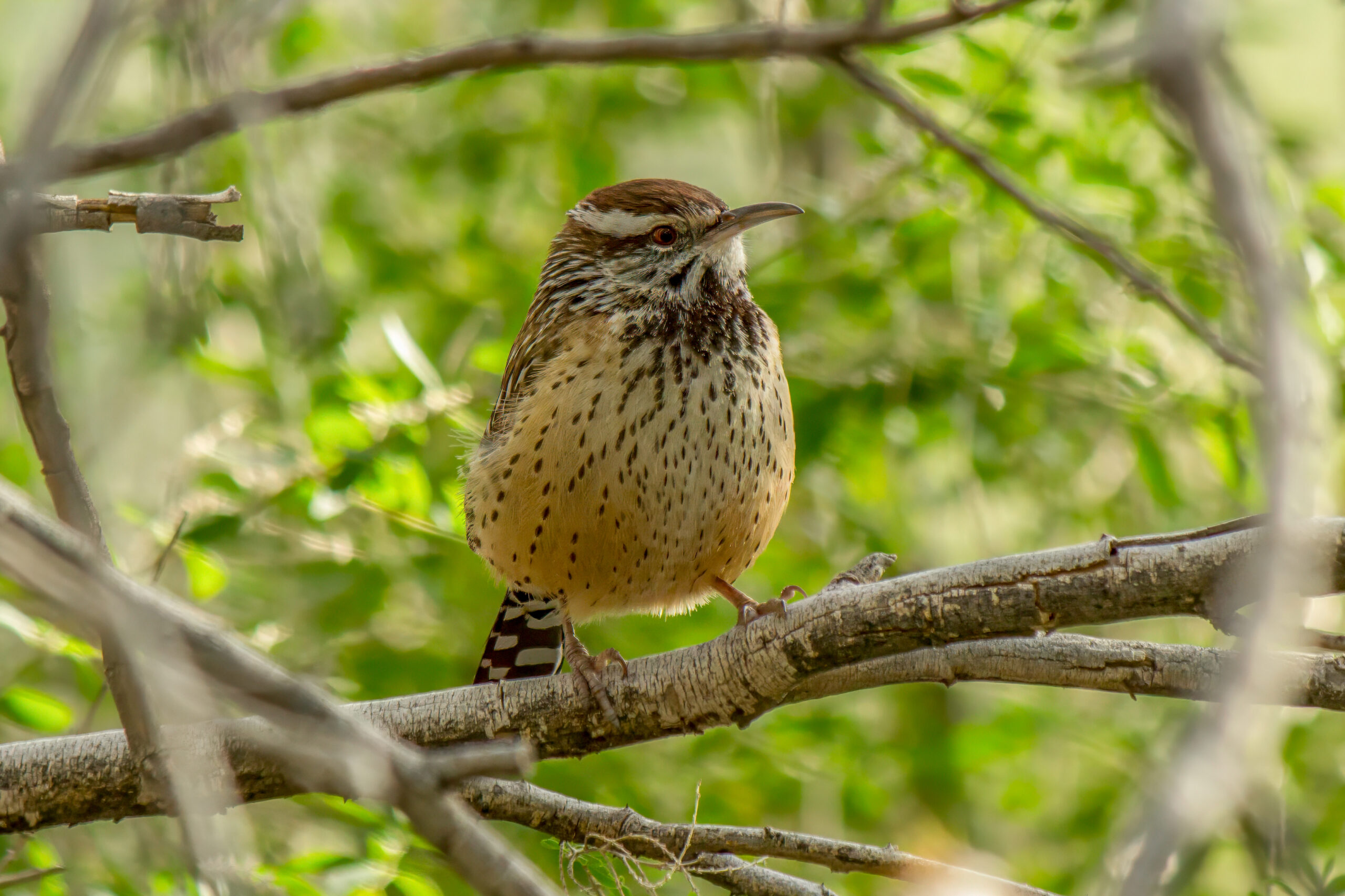Description
The Eurasian nuthatch (Sitta europaea) is a small, robust bird known for its distinctive appearance and agility. It is found across most of Europe, large portions of Asia, and a small portion of Northern Africa. This bird measures about 12-17 cm (4.7-6.7 in) in length and weighs approximately 17-28 grams (0.6-1.0 oz). The species has blue-grey upperpart and a pale underpart, with a characteristic black eye stripe that contrasts with its white cheeks. Its powerful beak is sharp and straight, used adeptly for feeding. Some subspecies are more orange-buff on their underparts, such as those found in most of Europe, the Middle East, eastern China and Taiwan, and others are more white, such as most of the northern subspecies, from Scandinavia through Russia and northern China to Japan. One unique feature of the Eurasian nuthatch is its ability to climb down trees headfirst, a skill not found in similar species like woodpeckers and treecreepers.
Diet & habitat
Eurasian nuthatch are often found in mature woodlands with large, old trees that provide essential foraging and nesting opportunities. They show a preference for deciduous or mixed forests, especially those containing oak, but can also be found in parks, old orchards, and other wooded habitats. The diet mainly consists of insects, such as caterpillars and beetles, supplemented by nuts and seeds in autumn and winter. They have a fascinating feeding behavior where they wedge nuts into tree bark crevices and hammer them open with their beaks, also known as “hacking.” Eurasian nuthatches are also known to store food in tree crevices for later consumption.
Nesting
The breeding season for the Eurasian nuthatch varies with region, but typically starts in April-May, and occasionally late March. They are monogamous throughout the breeding season. Nests are usually located in holes within trees, often abandoned woodpecker holes, and less frequently in artificial nest boxes or cavities in buildings. They use mud to reduce the entrance size of their chosen nesting cavity, presumably to protect against predators. The female lays 5-9 eggs, which are incubated for about 14-18 days. The chicks are altricial (born helpless) and remain in the nest for another 20-25 days before fledging. Both parents are involved in feeding the young.
Status
The Eurasian has a large population and extensive range, and is classified as least concern on the IUCN Red List. While local declines have occurred due to habitat fragmentation and loss, the species overall shows resilience, with population trends appearing stable or fluctuating based on food availability. The species benefits from its ability to adapt to various habitats, including those altered by human activity.





